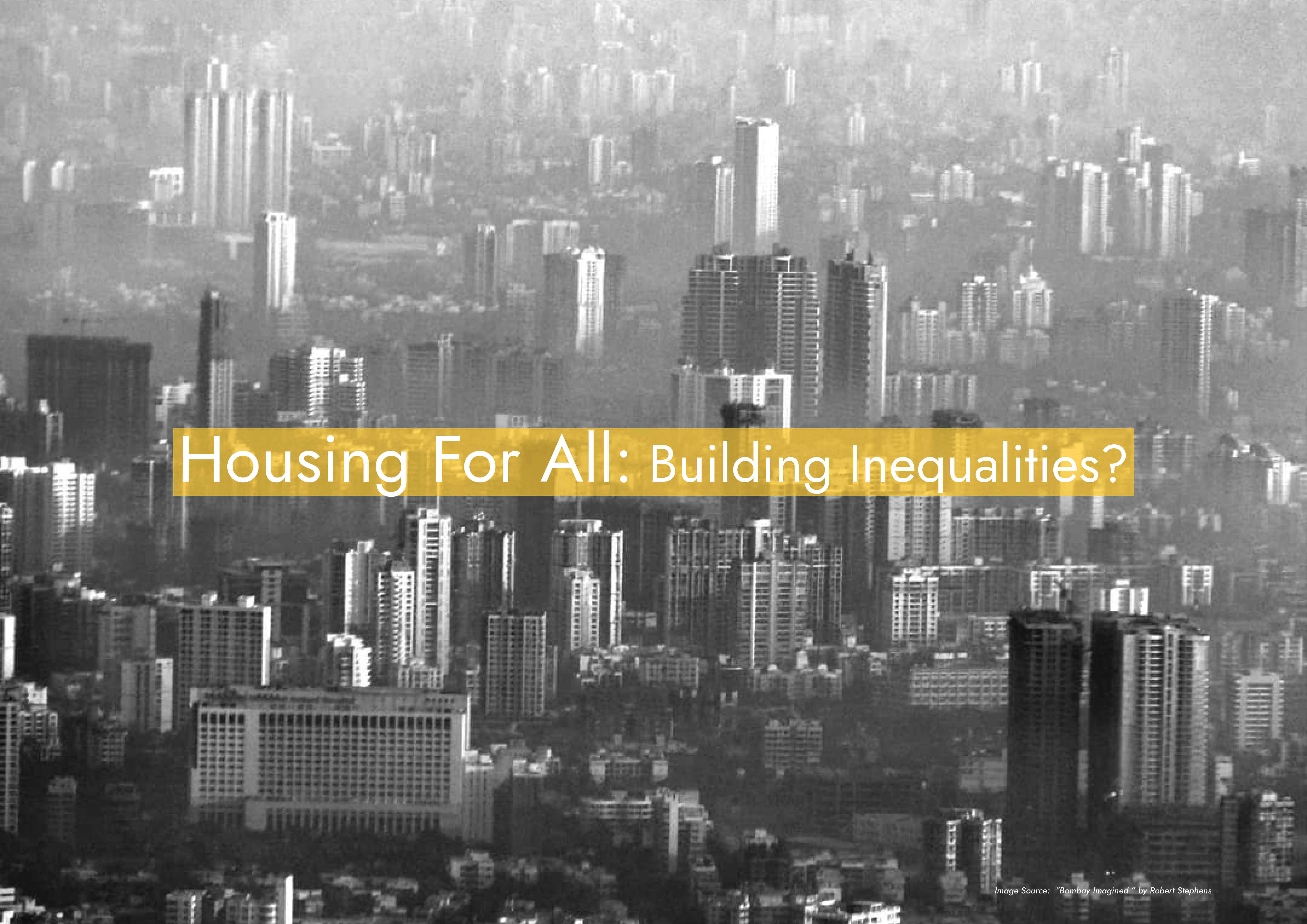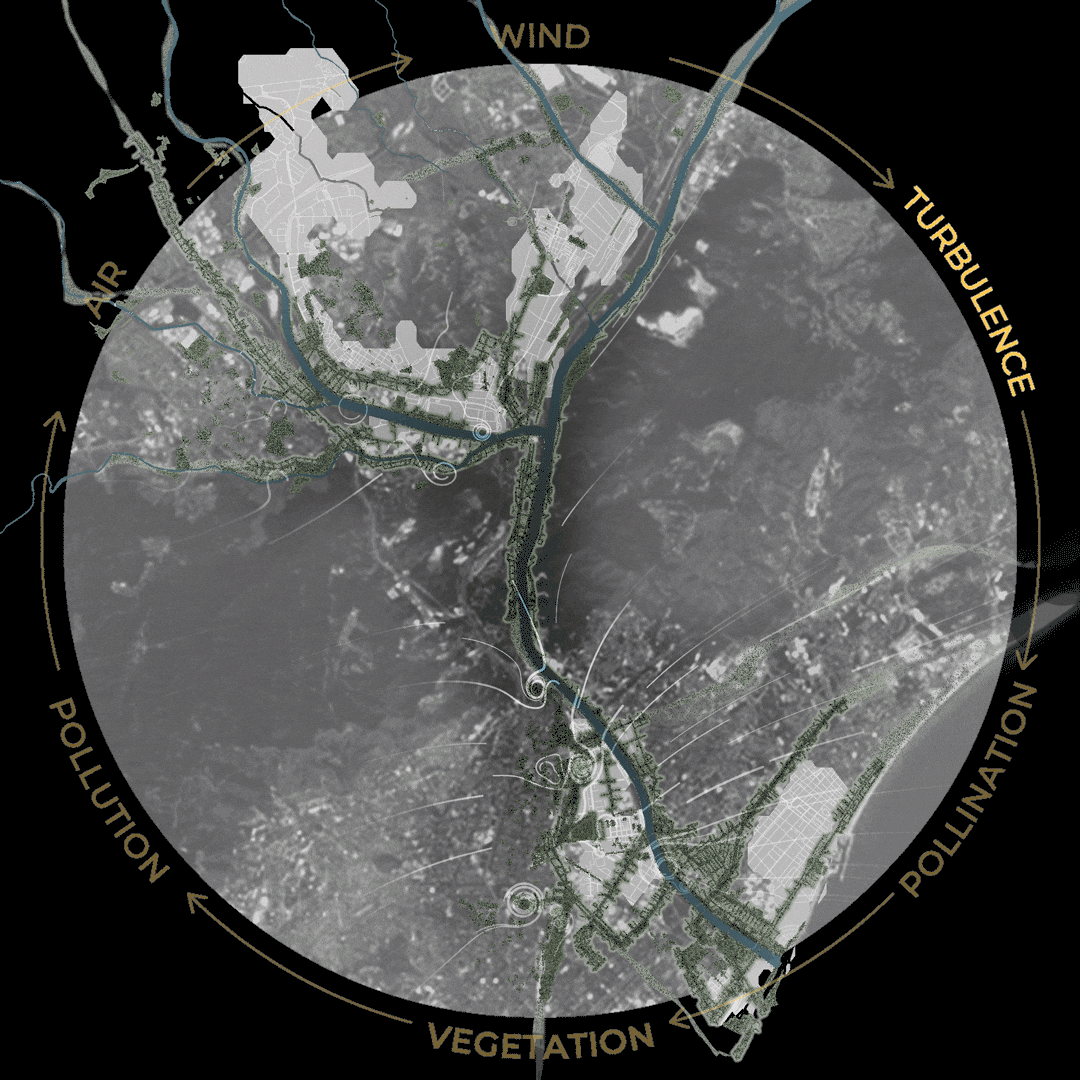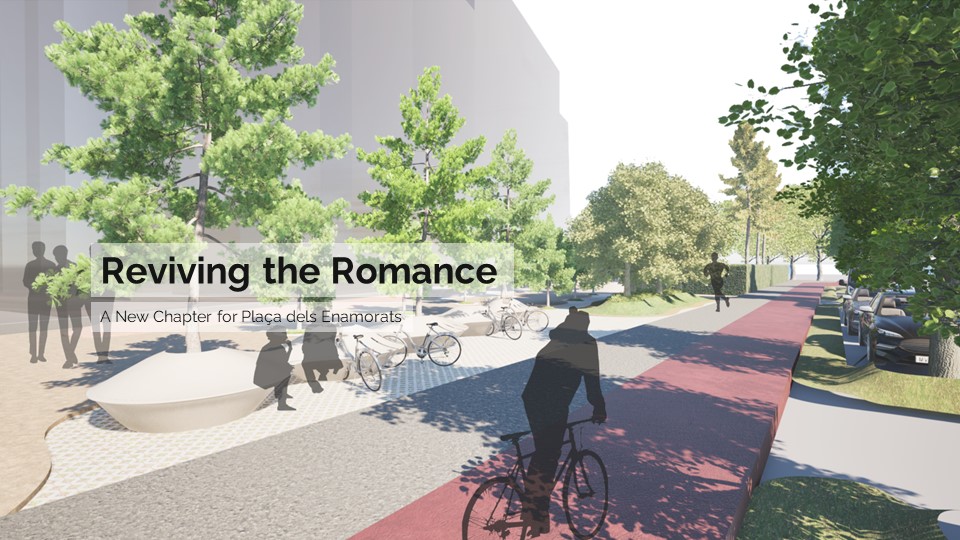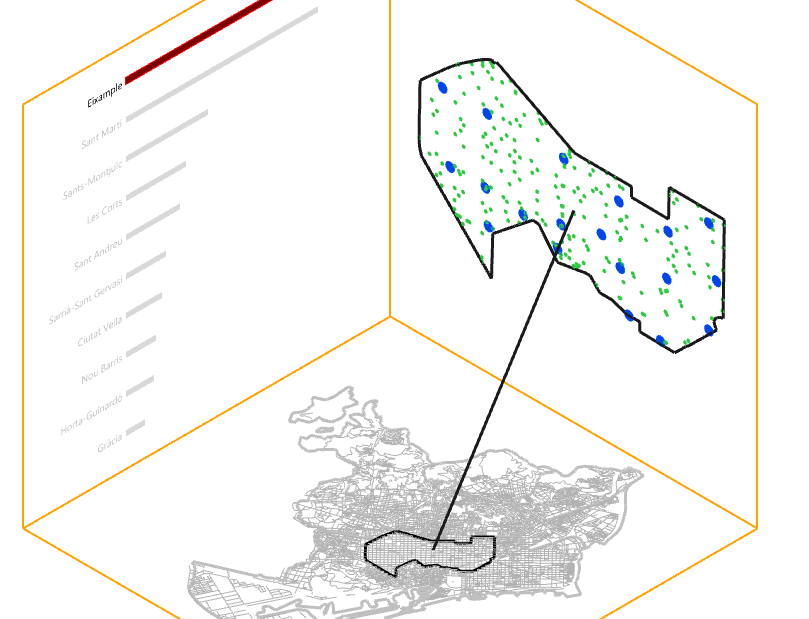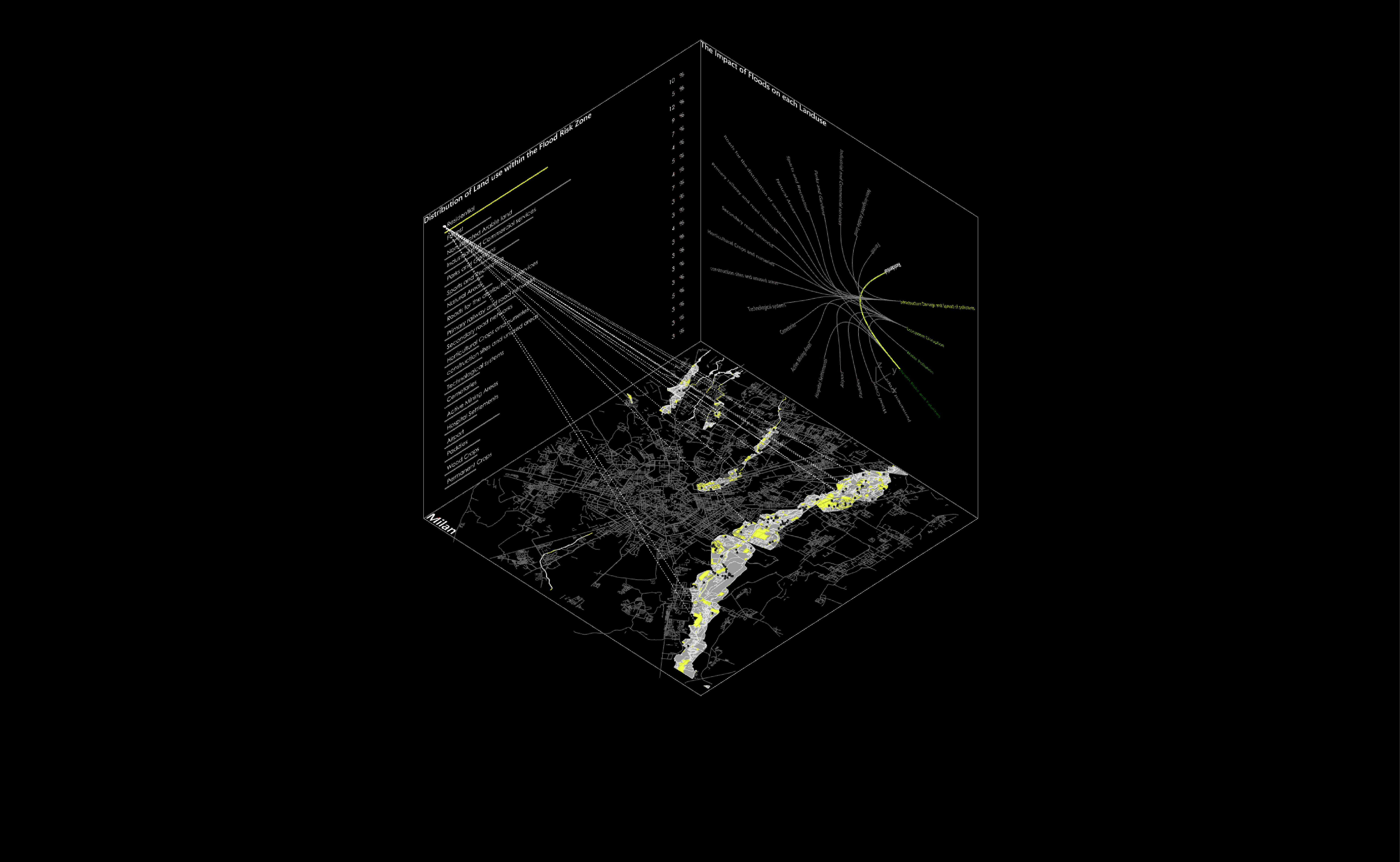Tourism and social development, Balearic Island
INTRODUCTION The heavy working hours after the industrial revolution had put leisure to a more and more important role in contemporary life. People want to travel to ‘escape’ and compensate themselves from work and daily life. The practice of leveraging tourism for economy growth has been proved useful in Spain since the 1960s. And this … Read more


